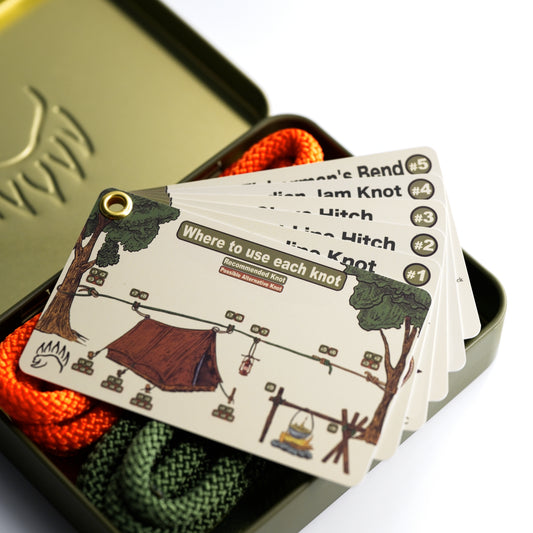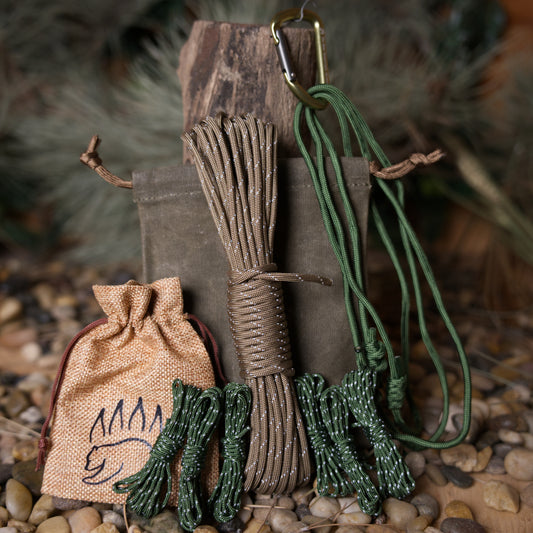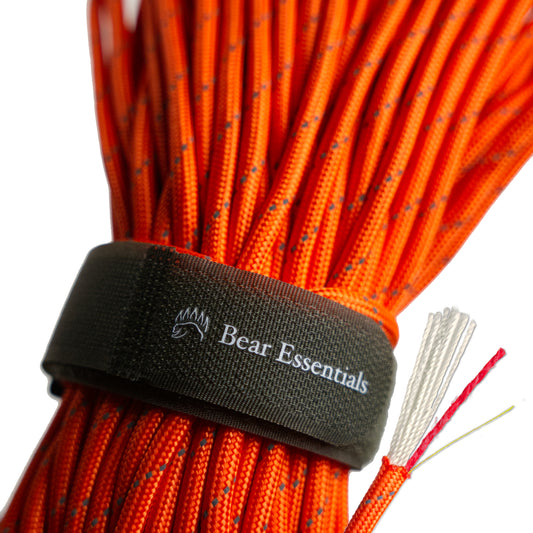How to Tie the Albright Knot
Usage
The Albright Knot is commonly used to join braided fishing line to monofilament or fluorocarbon leaders, especially in saltwater fishing. It’s a fast, reliable choice for anglers targeting big fish and handling lines of different diameters.
Why Learn the Albright Knot?
The Albright Knot ensures a secure connection between mismatched lines, offering strength in demanding fishing scenarios while being quick to tie. Its wrap-based design provides a strong connection, making it ideal for big-game fishing.
Common Uses
-
Fishing:
- Connects braided line to monofilament leaders for saltwater fishing.
- Joins lines of different diameters for versatile tackle setups.
ABOK Number
(Ashley Book of Knots)
Other Names
Category
|
Notable Features
- Strong connection: Holds up under heavy loads, ideal for big-game fishing.
- Quick to tie: Forms faster than the FG Knot, great for quick leader changes.
- Handles different lines: Joins braid to mono or fluorocarbon effectively.
- Wet performance: Maintains grip even with slick, wet lines.
Variations
(No variations mentioned; section left blank.)
Similar Knots
FG Knot vs. Albright Knot
- Pros: Smoother profile passes easily through rod guides, stronger for braid-to-mono.
- Cons: Takes longer to tie and requires more practice than the Albright.
Yucatan Knot vs. Albright Knot
- Pros: Stronger and faster to tie in rough conditions.
- Cons: Bulkier, less smooth through guides compared to the Albright.
Slim Beauty Knot vs. Albright Knot
- Pros: Smoother profile and better shock absorption for big-game fishing.
- Cons: More complex to tie, requiring a figure-eight base.
History
The Albright Knot emerged in fishing communities, particularly among saltwater anglers needing a reliable way to join braided lines to monofilament leaders. Its design, focusing on secure wraps, made it popular for handling heavy fish. While not listed in The Ashley Book of Knots, its widespread use in modern fishing reflects its adaptation for braid-to-mono connections, especially in offshore and big-game scenarios.
Security Level
The Albright Knot offers high security for joining lines, holding strong under heavy loads when tied with sufficient wraps. It performs well with wet or slick lines, but its bulk can cause issues in tight rod guides. Adding extra wraps or a stopper knot ensures reliability for critical fishing tasks.
Downsides
- Bulky profile: Can catch on rod guides, unlike sleeker knots like the FG.
- Wrap count: Requires careful wrapping to avoid slippage with slick lines.
Structure
- Form a loop with the heavier line (monofilament or fluorocarbon) and pinch it to hold.
- Thread the tag end of the lighter line (braid) through the loop, leaving a few inches free.
- Wrap the braid tightly around both strands of the loop, making 10-12 wraps toward the loop’s base.
- Pass the braid’s tag end back through the loop in the same direction it entered.
- Wet the knot, pull both main lines to tighten, and trim the tag ends close.
Pro Tip: Wet the lines before tightening to reduce friction and ensure a tight knot. Use at least 10 wraps for strength, adding more for slick lines. Test the knot under light tension to confirm it holds before fishing.
FAQ
Is the Albright Knot strong enough for big-game fishing?
Yes, it’s reliable for heavy fish when tied with 10-12 wraps, but test it before use.
What’s the best line for the Albright Knot?
Use braided line with monofilament or fluorocarbon leaders for the strongest connection.
How does the Albright Knot compare to the FG Knot?
The Albright is faster to tie but bulkier, while the FG is smoother through guides.
Can the Albright Knot be used for freshwater fishing?
Yes, it works for freshwater but is most popular in saltwater for heavy tackle.
Why choose the Albright Knot over the Yucatan Knot?
The Albright is slightly less bulky, making it better for smoother casting.
Important Notes on Safety
Common failure points include insufficient wraps or improper tightening, which can cause slippage. Always verify the knot is snug and test it under light load before fishing. Check lines for wear or damage before tying. Ensure at least 10 wraps for a secure hold. Practice tying in calm conditions first.







